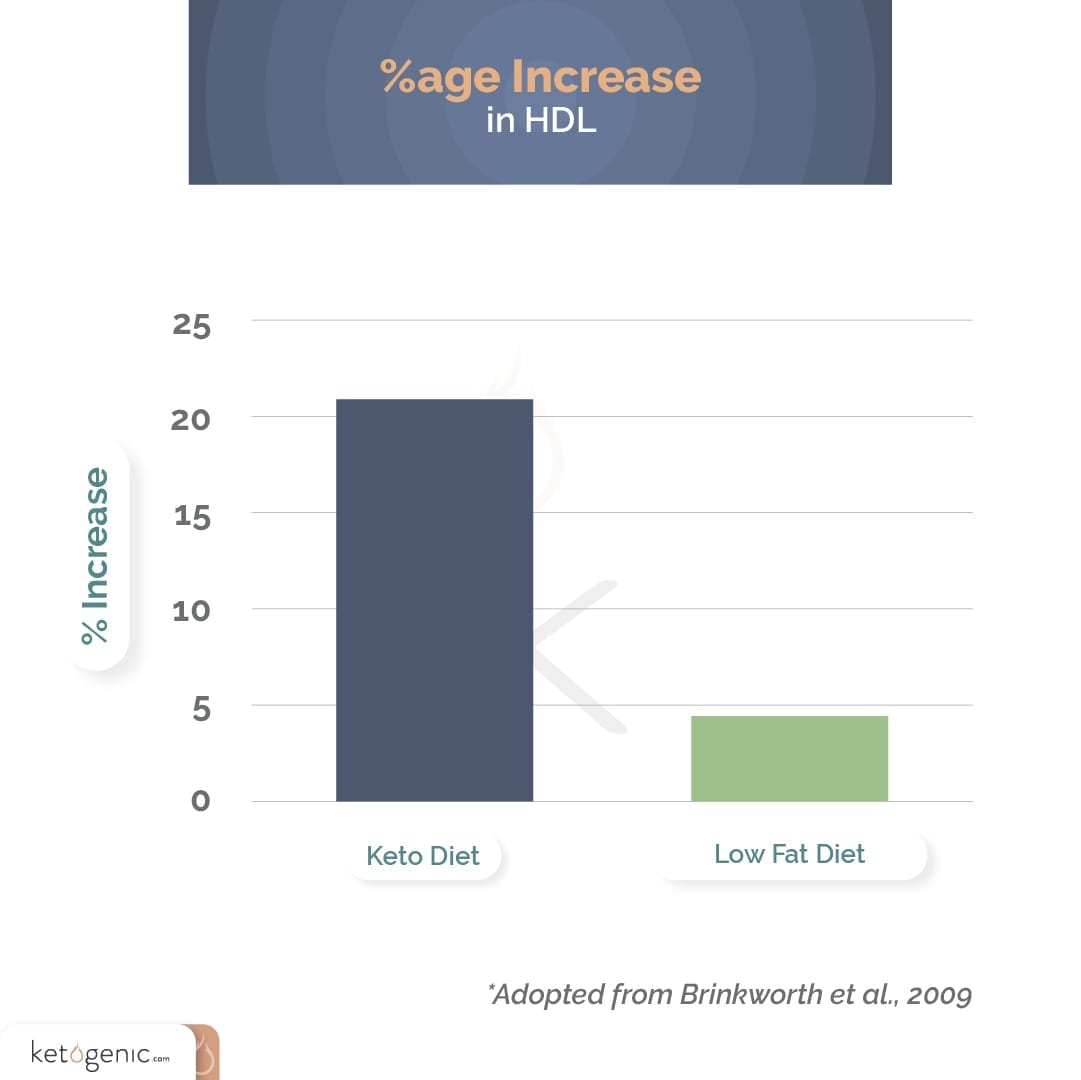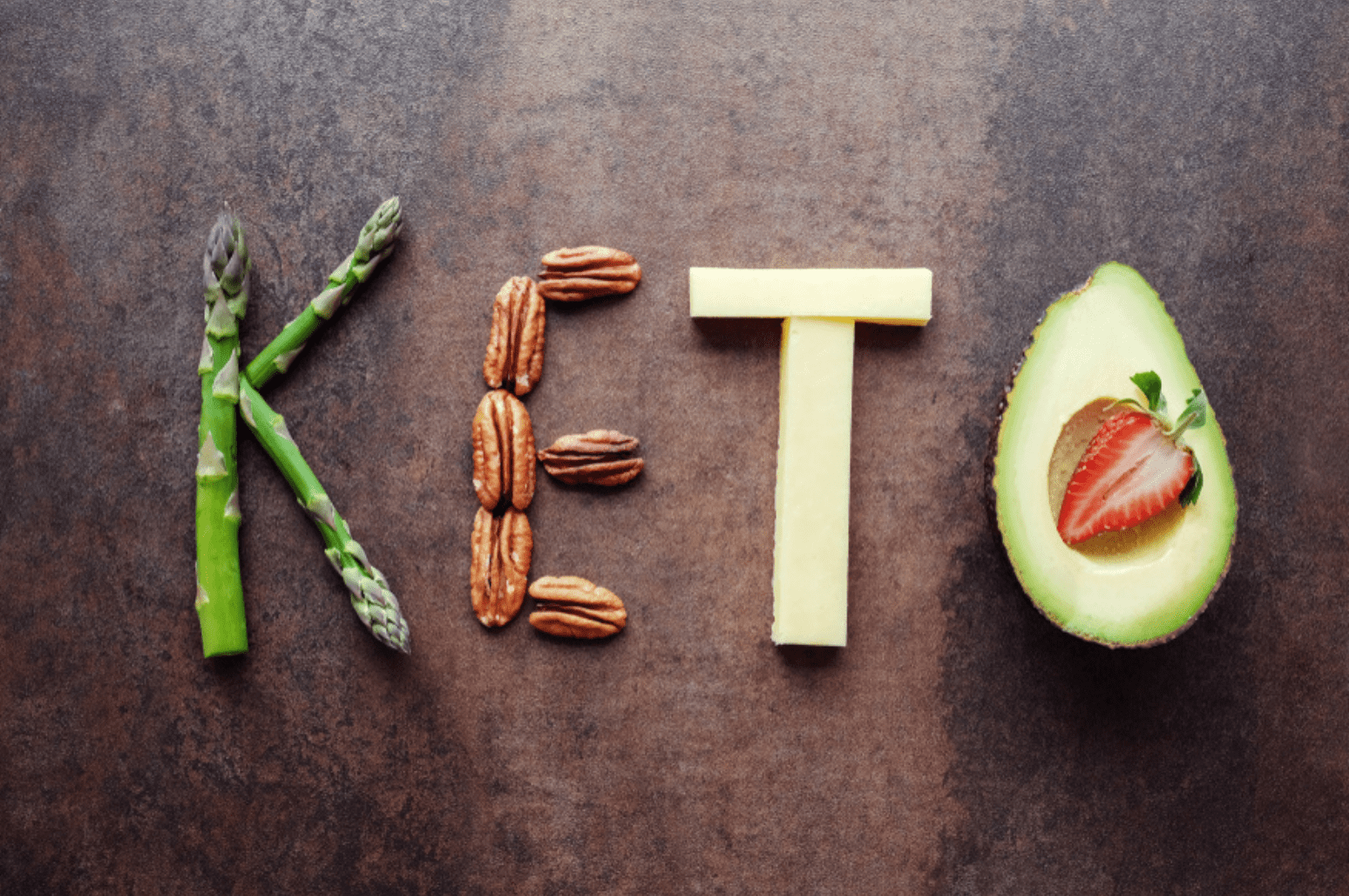
What is HDL Cholesterol?
Often called the “good” cholesterol; HDL stands for high-density lipoprotein. Lipoproteins are fat transport vesicles that are composed of lipids and proteins, hence the name lipoprotein. HDL is considered high density because it contains more protein than fat. Protein is denser and thus having more protein causes the lipoprotein to have a higher density. In contrast, low-density lipoproteins (LDL cholesterol) contain more fat than protein.
HDL is often seen as the good guy because it transports cholesterol from your body to the liver to either be broken down into waste or recycled. HDL has anti-inflammatory properties and has many benefits for your immune system.
What is the Impact of a Ketogenic Diet on Lipoprotein Levels?
Clinical research suggests that a low-carb, high-fat ketogenic diet may have a positive impact on each form of lipoprotein. In general, a low-carb approach has been shown to be advantageous by increasing levels of HDL cholesterol about 12% in subjects with the lowest carbohydrate intakes. [1]
The same findings have been discovered in other studies, where low-carb dieting (<50 grams per day) was associated with increases in HDL concentrations that were double that of a low-fat approach. [2] Even better, a more stringent approach (<20 grams per day) resulted in increases of HDL almost four times that of a low-fat diet. [3]

Want to know more about the Impact of Keto on Cholesterol levels?
References
Merchant, A. T., Anand, S. S., Kelemen, L. E., Vuksan, V., Jacobs, R., Davis, B., … & SHARE and SHARE-AP Investigators. (2007). Carbohydrate intake and HDL in a multiethnic population. The American journal of clinical nutrition, 85(1), 225-230.
Bueno, N. B., de Melo, I. S. V., de Oliveira, S. L., & da Rocha Ataide, T. (2013). Very-low-carbohydrate ketogenic diet v. low-fat diet for long-term weight loss: a meta-analysis of randomised controlled trials. British Journal of Nutrition, 110(7), 1178-1187.
Brinkworth, G. D., Noakes, M., Buckley, J. D., Keogh, J. B., & Clifton, P. M. (2009). Long-term effects of a very-low-carbohydrate weight loss diet compared with an isocaloric low-fat diet after 12 mo–. The American journal of clinical nutrition, 90(1), 23-32.







